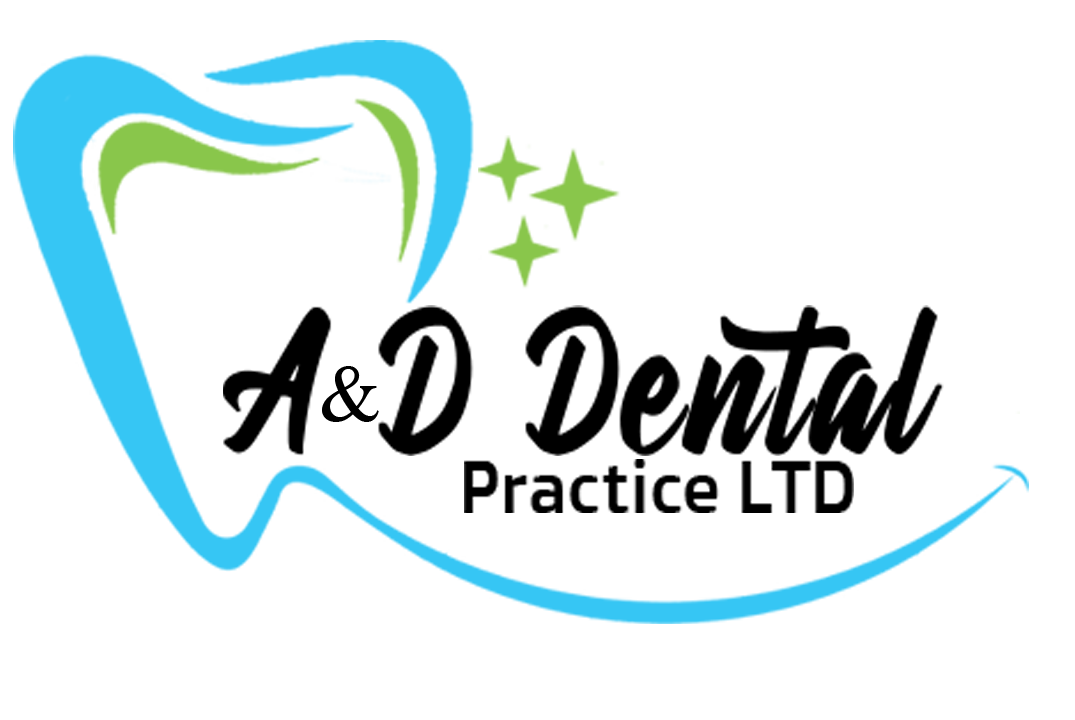Complete Care On Your Schedule
If you have difficulty getting to our Practice – perhaps you’re disabled, live in a care home, housebound or you suffer from panic attacks or dental anxiety – we have a solution for your dental needs. Our Home visit service is available seven days a week.
